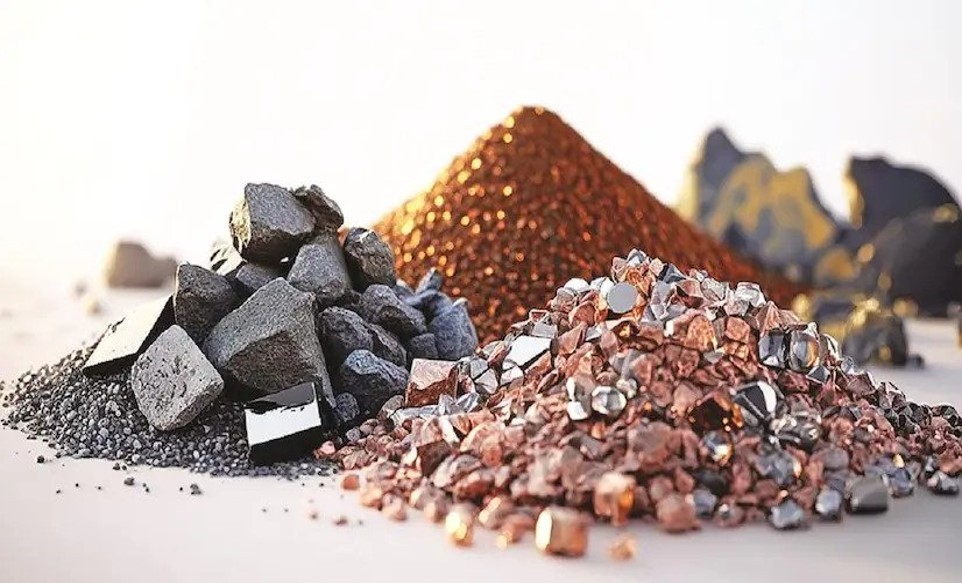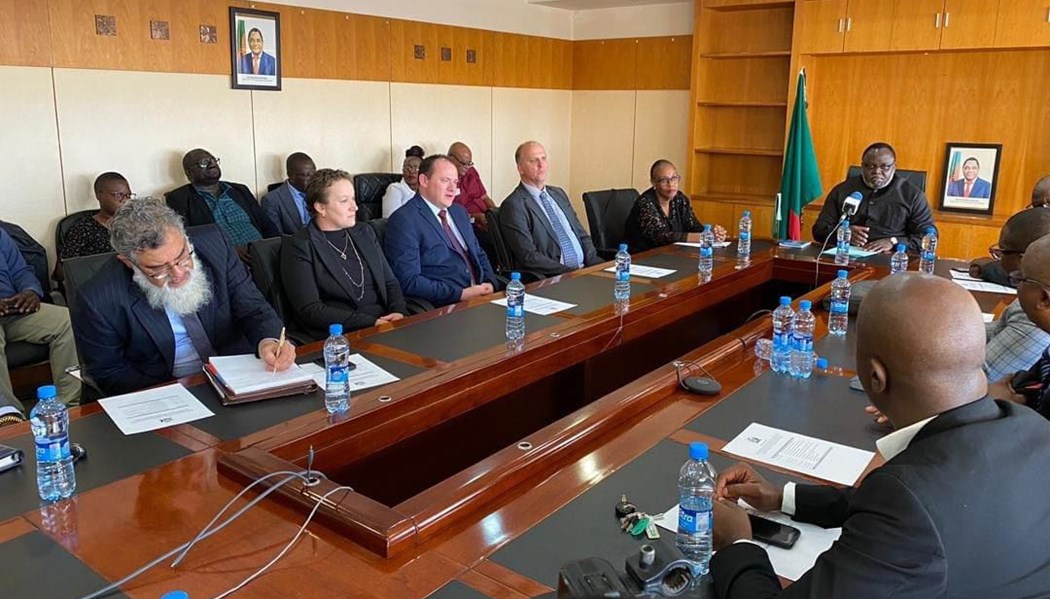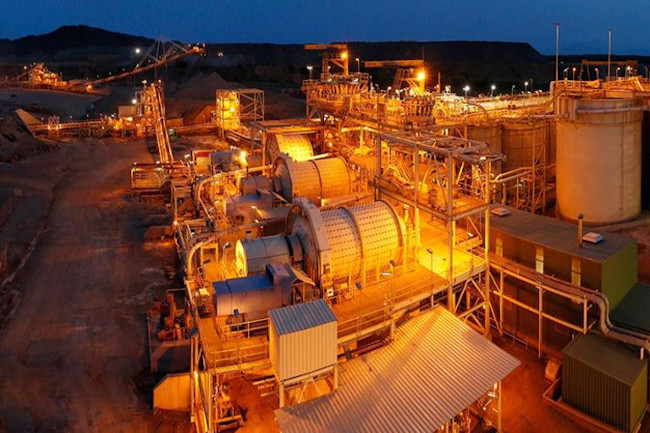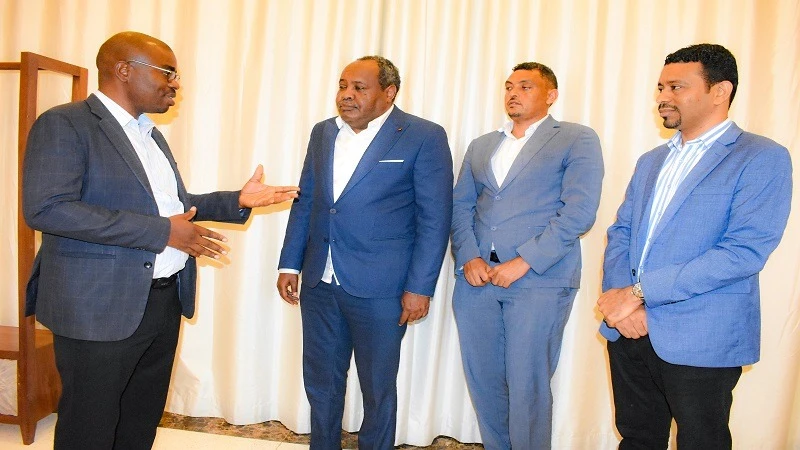Other

Harnessing Africa’s critical minerals for renewable energy

Destitute children rummaging through the mud, hauling basketfuls of rocks and working in heartrending conditions is the reputation of the country’s mining industry. The extraction of lithium, used in lithium-ion batteries in smartphone technology, is founded on one of the most spine-chilling cases of child labor.
As renewable forms such as solar, wind, geothermal and hydropower take over, coal, gas and oil will be phased out. This transition will take place off the back of critical minerals.
Cobalt, for instance, is a central component that will advance renewable energy technology. Its place in the ongoing global energy revolution to replace fossil fuels is undisputed.
Collectively called Critical Transition Energy Minerals (CTEMs), cobalt, lithium, manganese, nickel and others will lead this charge.
These mineral commodities are used in the construction, production and storage of renewable energy. They are also used to manufacture batteries for electric vehicles and storage, in solar photovoltaics and wind turbines.
More than 3 billion tonnes of minerals and metals will be needed to deploy wind, solar, battery and geothermal power and energy storage, according to World Bank data. Deploying renewable energy on this scale will help the planet to remain below the 1.5C° global warming target by 2050.
Africa complements its resources with capabilities. We have the youngest labor force in the world. The demand for renewable energy, clean cooking and green public transport is growing. This effectively anchors African countries firmly on the global map of the energy transition and technological advancement.
For the continent to reap maximum benefit from this transition, the CETMs must be extracted, processed, transformed and recycled sustainably and equitably. But for DRC and other producers to benefit from their mineral wealth through the clean energy revolution, a raft of reforms and actions must be undertaken.
Foremost, countries must learn from and avoid the mistakes of the fossil-fuel industrial revolution. The extraction must also adopt just transition principles of equity, human rights and development.
Equally, Africans must demand and negotiate equal partner opportunities with China, the USA and the European Union. It is also important that countries develop a united continental green industrial policy.
By 2040, the demand for lithium will grow by 40 times. Graphite, cobalt and nickel will also grow in demand by between 20 and 25 per cent. For copper, the demand will more than double during this period.
Its vast endowment in CETMS makes the just transition an attractive window of opportunity for Africa to leapfrog carbon-based industrial development to transition into a green industrial regime.
But what is Africa’s role in the CTEM industry?
Notably, despite its mineral wealth, Africa’s current position is not different from the one during the last fossil fuel-powered industrial revolution.
In that era, coal, gold and silver were highly valued. The structural design of the industry meant that Africans gained little in return even as their countries were stuck in commodity traps.
To date, erratic fluctuation of mineral prices often leaves African governments in precarious economic situations. Manufacturing countries are also inclined to stockpile raw materials, thus jeopardizing the long-term financial stability of exporting countries.
Minimal progress in building the infrastructure to refine minerals during the commodity boom of the 1980s and 2010s is partly to blame. DRC, for instance, holds 45 per cent of all cobalt in the world yet China is responsible for the supply of more than 75 per cent of refined cobalt.
Today, China refines up to 50 per cent of all copper globally, although DRC owns between 20 and 25 per cent of copper reserves in the world.
China’s dominance in the value chain of renewable energy draws a parallel with the current fossil fuels industry. The 13-member Organization of the Petroleum Exporting Countries (OPEC) controls about 40 per cent of global oil production. Meanwhile, the control of processed critical minerals is tilted in China’s favour – lithium (50 per cent), cobalt (75 per cent) and more than of copper.
By partnering with China, African countries can tap into its global leadership in the processing of critical minerals. Seizing such opportunities for industrial partnership would kick the continent up the manufacturing ladder.
Any new deals must, however, avoid the mistake of past trade deals such as the Sicomines Pact that favors China over the DRC. While Zimbabwe has banned the export of raw lithium and received significant investment in the industry, smuggling of the mineral is rampant.
Africa, though, can learn from Indonesia’s successful ban on the export of nickel ore. The ban attracted Chinese investment in the Belt and Road Initiative. In the end, the country gained from China’s transfer of manufacturing and refining technology.
Before the ban, Indonesia’s nickel was worth only about 6 billion US dollars. By 2023, it was worth more than 30 billion US dollars. This upswing in value is a product of the country’s decision to refine its nickel.
Today, the South-East Asian nation is developing an integrated Electric Vehicle Battery plant. This investment will move Indonesia further downstream of the value chain where job creation, economic prosperity, quality of life and sustainable development are found.
Africa’s past failures and the successes of other economies should serve as a guide on how the continent engages partners on the critical minerals front.
To secure the best deals for the continent in multilateral and other diplomatic processes such as the United Nations Framework Convention on Climate Change (UNFCCC), the role of the African Union is key. Negotiating as a bloc would give Africa a stronger voice.
In the same breath, developing upstream, side-stream and downstream linkages across borders would be beneficial for the continent through the African Continental Free Trade Area Agreement.
Adoption of a collective African green industrial policy through critical minerals is, however, not a silver bullet. The complex nature of Africa’s mining industry and the environmental concerns involved require strategic approaches to solve.
While the Indonesian model has generally been successful in transferring technology, it has also been characterised by adverse environmental impacts. For sustainability, therefore, adequate steps must be taken to minimize water stress and biodiversity loss that exist in the mining industrial complex.
The industry must also be founded on humane labour conditions that inspire job security and safety for artisanal miners. The new regime must also address transparency and accountability issues raised previously.
Africa failed to capitalize on the mineral boom of the 1980s and 2010s. The continent ended up with minimal industrialization, sluggish economic growth and fiscal crises triggered by the fall in commodity prices. We cannot blunder this time.












